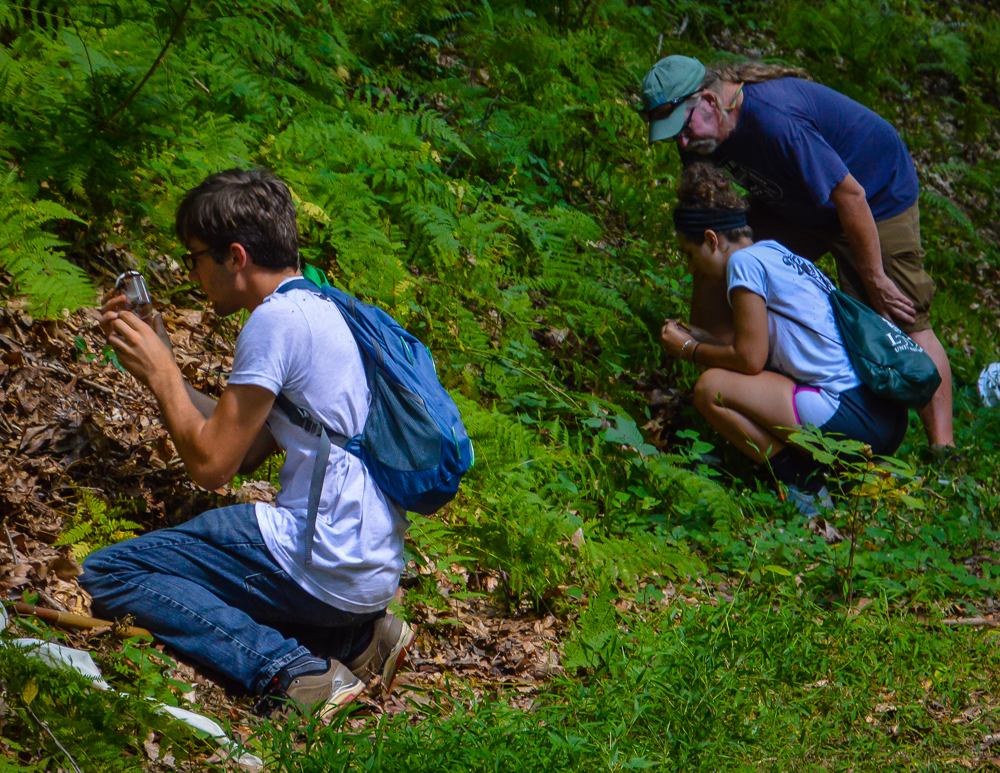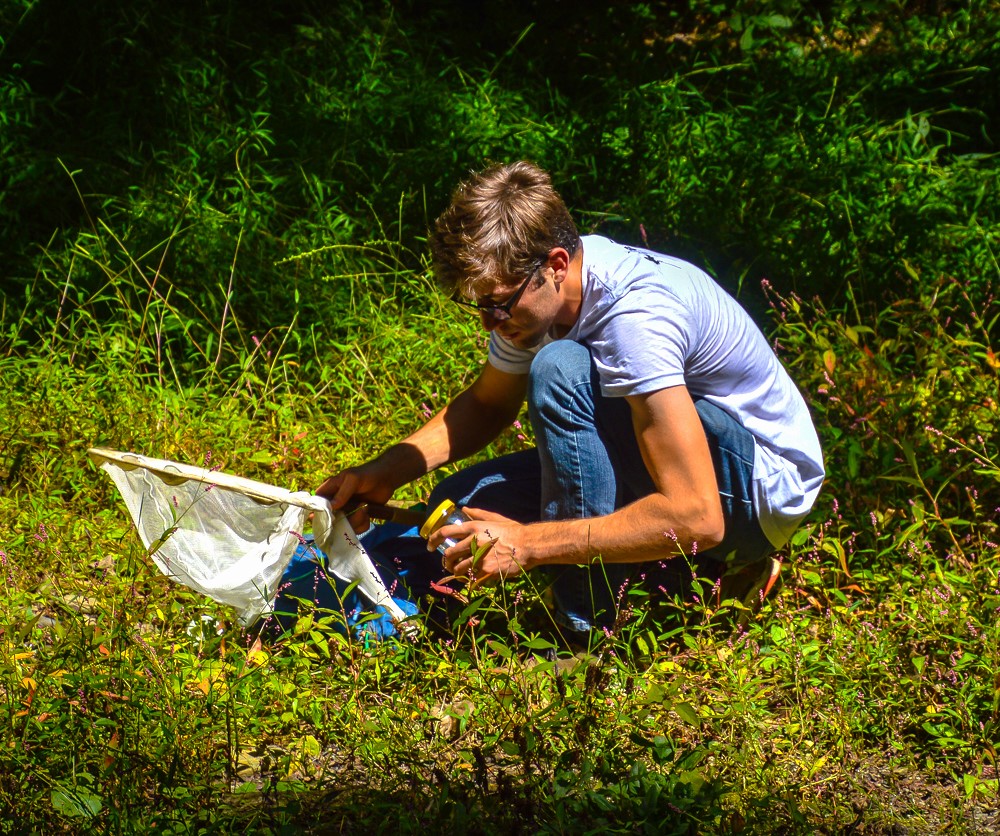By Peggy Eppig, Environmental Educator
Ever wonder how an early spring will affect the timing of peak wildflower bloom? Maybe you (like me) are really missing “real” winters and wonder what impact the lack of cold, snow, and ice has on plants and wildlife? If you’ve ever wondered about how changes in seasonality affect our natural world, you might be a budding phenologist!

Photo by Jenn Teson
The science of phenology is about observing and recording when things happen in nature. Gathering and using this data is important to our understanding of how the natural world responds to change over time. For example, phenology allows us to track how plant and animal populations are responding to the impacts of climate change. This data can be used to make forecasts that guide conservation management decisions to protect vulnerable species and landscapes of concern.
Phenology, though a newer scientific field of research, has a long history among farmers, hunters, fisherfolk, and naturalists. Today’s environmental historians and phenologists use historic records kept by beekeepers, orchard growers, and fishing communities who kept close track of changes in weather, plants, and animals over the seasons. Historic hunting camp journals in Vermont and New Hampshire have provided biologists with invaluable information about how the presence or absence of deer affects landscapes. Fisheries historians use archived fishing and whaling boat logs to track species and population changes along Mid-Atlantic and New England coasts. Even Henry David Thoreau’s journals have contributed important comparative data on how a warming world has affected the local ecosystems of Concord, Massachusetts (see Walden Warming: Climate Change Comes to Thoreau’s Woods by Richard Primack, 2015).

Photo by Jenn Teson
The cool thing about phenology is that anyone can participate in gathering important data. Community-based observers can contribute a lot of information that, when combined with all the observations made by many more people observing the same species of plants or animals in a region, provide high quality data for researchers to observe trends and measure impacts of change on populations.
Are you interested in becoming a community-based observer in our newest community-based science project?
We are happy to announce that in 2024, the Lancaster Conservancy will join the United States Geological Survey/USA National Phenology Network to help track seasonal changes on our preserves while sharing our data with conservation scientists around the country. During the fall of 2023, I will be leading three walks on three preserves: Clark, Welsh Mountain, and the soon-to-open Mill Creek Falls nature preserves. We’ll be adding a phenology walk at Wizard Ranch Nature Preserve next season, as well. During these walks, I will introduce the concepts of phenology and invite you to participate in our project. Later in the fall, we’ll be offering training in observation skills, identifying phenotypes, and recording and entering data. Our project will officially begin January 2024!
Please join me on one or all of our walks this fall as we lay out our phenology trails and the project. You can check out this exciting community-based science project at Nature’s Notebook, a project of the USA National Phenology Network.
